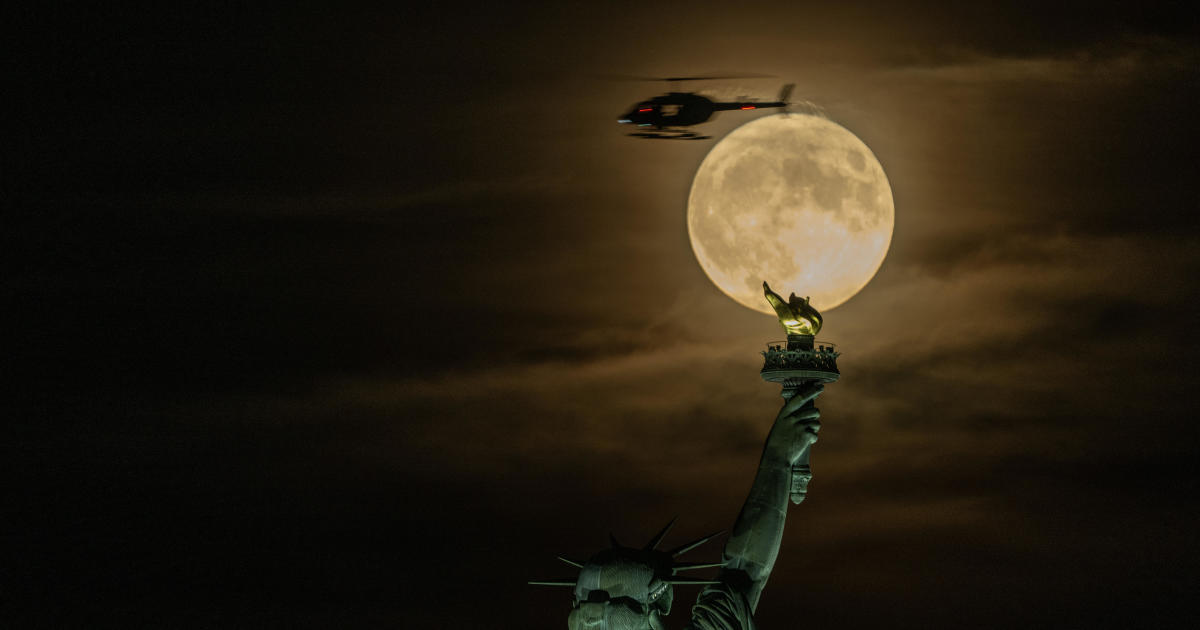As millions of stargazers around the world looked at the sky Wednesday night, they saw a full moon appearing larger than average. It was another “supermoon” — the second one in August 2023, making it a “blue moon.”
What is a blue moon?
Unlike what the name suggests, a blue moon is not actually blue in color. Rather, it signifies the second full moon within a single month — hence the phrase, “once in a blue moon.”
What is a supermoon?
The “supermoon” phenomenon occurs when the moon’s orbit is closest to Earth at the same time the moon is full. While around 25% of full moons are supermoons, just 3% of full moons are blue moons, according to NASA.
On average, supermoons are about 16% brighter than an average moon. They also appear bigger than the average full moon — with NASA comparing the size difference to that between a quarter and a nickel.
Saturn could also be seen appearing alongside the moon wherever skies were clear — adding to the celestial celebration.
Here are some photos of the super blue moon from around the world.
New York, New York
Fatih Aktas/Anadolu Agency via Getty Images
San Francisco, California
Tayfun Coskun/Anadolu Agency via Getty Images
Edinburgh, Scotland
Jane Barlow/PA Images via Getty Images
Kashmir, India
Kabli Yawar Nazir / Getty Images
Darwin, Australia
DAVID GRAY/AFP via Getty Images
Istanbul, Turkey
Chris McGrath / Getty Images
When will the next super blue moon be?
Those who missed seeing a blue moon will have to wait quite a while before the next one in May 2026. And if you’re waiting for the next super blue moon, it’ll be even longer — until 2037, when astronomy fans will get to see super blue moons in January and March.
Thanks for reading CBS NEWS.
Create your free account or log in
for more features.

















